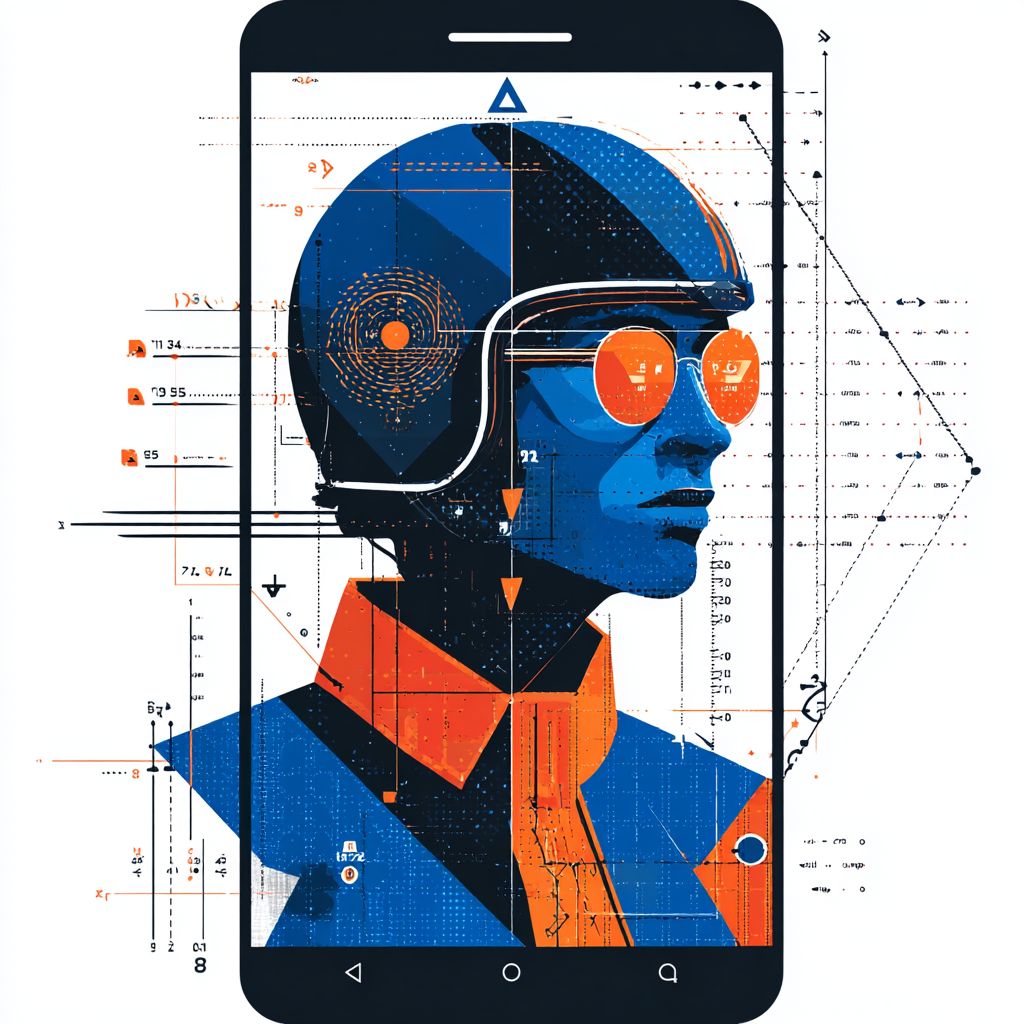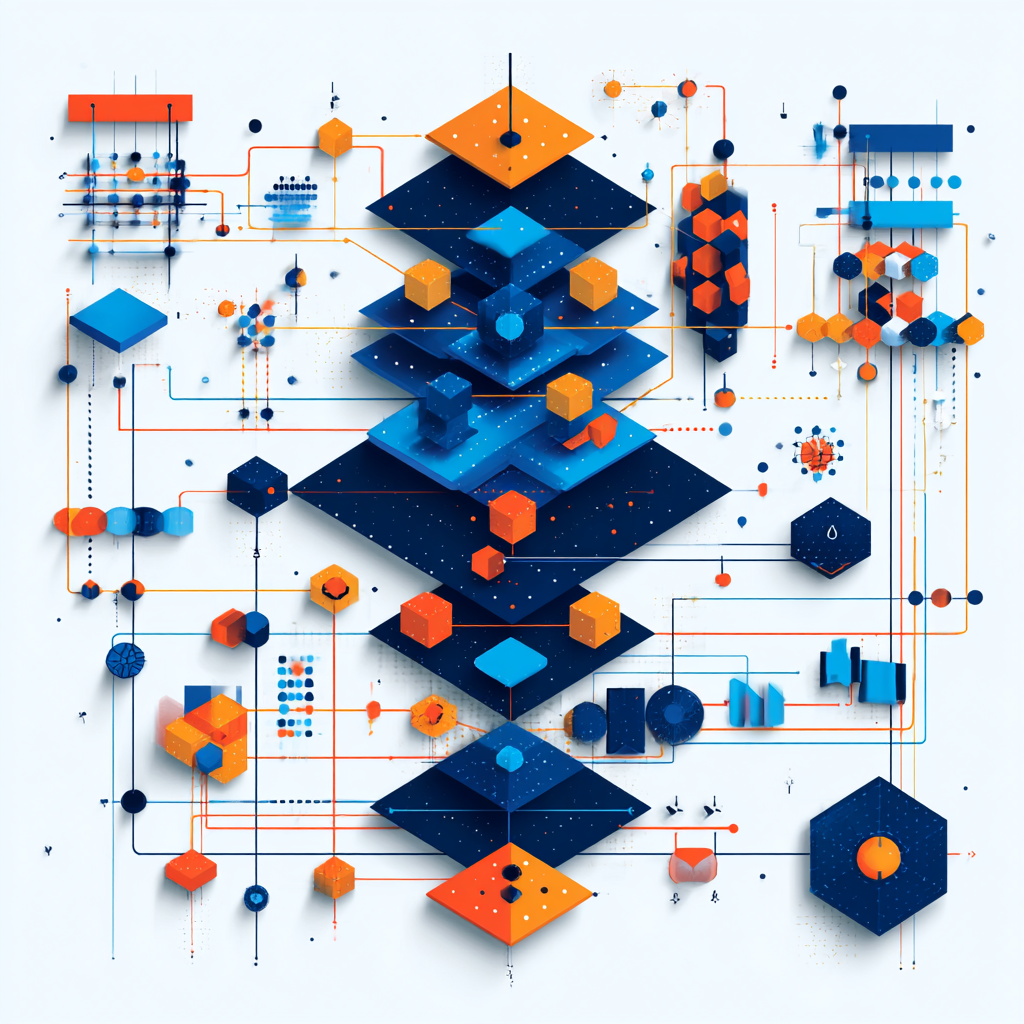Welcome to Catio Chronicles

Ideas at the edge of architecture, AI and engineering
All
Fullstack Engineering
All
AI
Designing the Human Element: Three New Considerations for AI-Driven Applications
How human-centered design principles are shaping the future of AI product development
All
AI
All
Cloud Architecture
Introducing GraphQA: An Agent for Asking Graphs Questions
GraphQA is Catio’s new open-source agent for natural-language questions over architecture graphs, fusing LLMs with graph algorithms to deliver fast, structure-aware answers for dependencies, flows, and system reasoning.
All
Cloud Architecture
All
Engineering
All
Strategy
All
AI
Emerging Architecture Patterns for the AI-Native Enterprise
AI isn’t just a feature, it’s a new architectural layer. In this deep dive, we explore emerging architecture patterns for the AI-native enterprise, from agentic systems to LLM-as-interface, and what they mean for CTOs and architects designing for adaptability.
All
AI
All
Cloud Architecture
All
Strategy
All
Company
All
Funding
🚀 Exciting News: Catio Funding Announcement
We’re thrilled to announce that we’ve raised a $3M round to fuel our mission of transforming tech architecture decision-making with AI-driven intelligence.
Stay Up to Date with Catio
Follow us for the latest insights and updates from our team



.png)










